Every morning, kitchens across India come alive with the comforting aroma of ghee-laced parathas, steaming idlis, fluffy poha, or warm puris paired with a simple sabzi. These meals are part of our cultural identity, often passed down generations and prepared with immense love. But when it comes to packing a school tiffin for your child — especially in today’s fast-paced, nutritionally challenging world — tradition may not always align with what growing bodies and minds need.
While Indian diets are incredibly diverse and rich in history, they often fall short in meeting the full spectrum of nutritional needs of school-going children. The problem doesn’t lie in the ingredients themselves, but rather in the composition, balance, and variety — or lack thereof — in the typical Indian tiffin.
In this blog, we delve into why traditional Indian tiffins may not be enough, and how shifting towards a well-balanced, square meal can lay the foundation for lifelong health, cognitive development, and emotional well-being in children.
The Glaring Gaps in the Traditional Tiffin
The conventional Indian tiffin is usually centered around one or two food groups — predominantly carbohydrates in the form of rice, roti, paratha, or poha. These foods are undoubtedly filling, but often fail to provide sustained energy through the school day. This is especially critical during the late morning hours when attention spans are tested, and children are expected to learn, create, and concentrate.
Protein, the essential building block for growth, is often present only minimally — perhaps a spoonful of dal or a small cube of paneer if at all. Yet protein is what powers the development of muscle, the production of neurotransmitters, and supports a strong immune system.
What’s missing even more frequently is fiber — found in raw vegetables, fruits, and whole grains — which plays a vital role in digestion, metabolism, and keeping the gut microbiome healthy. A gut imbalance in children can manifest in more than just stomach aches; it often leads to frequent infections, fatigue, mood imbalances, and even poor focus.
Another blind spot is the near absence of healthy fats — which are absolutely essential for brain development, hormone regulation, and nutrient absorption. Traditional tiffins often avoid fats due to cultural concerns around ‘oiliness’ or heaviness, but in moderation and from the right sources (like seeds, nuts, or ghee), fats can be powerful allies in a child’s growth story.
Moreover, hydration is frequently overlooked. A sugary tetra pack of juice or a sweetened yogurt might sneak into the lunch bag, but very rarely do we see kids sipping on water, buttermilk, or any natural hydrating options. Combined with high sodium intake from pickles or fried snacks, this can lead to long-term health issues that start as early as primary school.
The Rise of “Square Meals” in Child Nutrition
So what exactly is a square meal? It’s a well-proportioned, nutritionally complete plate that contains the right ratio of carbohydrates, protein, fats, fiber, and micronutrients — all in one sitting. The idea is simple: no one food group should dominate the meal. Instead, it should be a symphony of nutrients, each playing a vital role in fueling the body and brain.
In a child’s context, this balance becomes even more essential. Unlike adults, children are not just maintaining — they’re growing, both physically and cognitively. Their nutritional needs per kilogram of body weight are significantly higher than ours. A square meal doesn’t just prevent hunger; it supports bone development, organ function, neural connections, and emotional resilience.
For example, combining a whole grain like ragi or brown rice with a complete protein such as eggs, tofu, or legumes, and pairing it with seasonal vegetables and a portion of fruit ensures that the meal delivers sustained energy, muscle-repairing amino acids, antioxidants, and gut-supporting fiber.
What sets square meals apart is not the individual components, but how they work together. The protein slows the release of sugars from the carbs, preventing energy spikes and crashes. The fiber aids in digesting both. The fats help in the absorption of vitamins like A, D, E, and K. It’s a cooperative system, not just a sum of dishes.
Academic and Emotional Impact of Poor Nutrition
The effects of an imbalanced tiffin don’t end in the lunchbox. They show up in the classroom, on the playground, and even at home during homework hours. A child who hasn’t received adequate nutrition is more likely to be irritable, sluggish, inattentive, or emotionally reactive. In fact, multiple studies have shown strong links between blood sugar stability, protein intake, and concentration levels.
Moreover, poor nutrition impacts long-term immunity. Kids who are frequently ill miss out on school days, lag behind academically, and often have lower self-esteem. Micronutrient deficiencies like iron, B12, and vitamin D — all common in Indian children — can go unnoticed for years but cause lasting developmental setbacks.
On the other hand, children who receive well-balanced, nutrient-dense meals are more likely to show up as active learners. They demonstrate better memory retention, higher energy, and even improved emotional regulation — crucial traits in today’s increasingly competitive academic environment.
Cultural Food with a Nutritional Upgrade
Now, does this mean we must abandon traditional Indian meals? Absolutely not. The goal isn’t to replace parathas with quinoa or sabzi with avocado toast. Instead, we need to rethink the composition and contextualize traditional meals to meet modern nutritional needs.
For instance, that paratha can be made with multi-grain flour, stuffed with paneer or mixed vegetables, cooked in ghee, and paired with a yogurt dip and a side of cut fruit. A simple moong dal chilla can become a powerhouse when served with mint chutney and a side of carrot sticks or a boiled egg.
Likewise, the humble idli can be upgraded to include ragi or millets, served with a protein-rich sambhar and a spoon of roasted seeds. These tweaks are not foreign to Indian cuisine — they just require a bit more planning and awareness.
The Parenting Mindset Shift
Feeding your child is an act of love — but in the long run, nutrition is a form of parenting. We often invest in tutors, coaching classes, activity centers — but overlook the foundational role of food in enabling a child to succeed. The truth is, no extracurricular class can compensate for a lack of nutrients that power the brain and body.
As parents, it’s time we ask harder questions: Is my child’s tiffin balanced? Is it just filling, or is it fueling them? Am I packing convenience, or am I packing care?
Planning balanced meals might seem daunting at first, but once it becomes routine, it offers immense rewards. Not only does it protect your child’s health today, but it also builds habits that can last a lifetime.
Final Thoughts: Beyond Full Stomachs
In the race to keep up with school schedules, early mornings, and picky appetites, it’s easy to fall back on tiffin routines that are quick but nutritionally shallow. But children need more than a full stomach — they need smart fuel, thoughtfully put together, to truly thrive.
Embracing the concept of a square meal doesn’t mean turning away from our roots. It means evolving with the times and understanding that tradition and nutrition are not mutually exclusive. With small, conscious changes, your child’s lunchbox can become more than just a meal — it can be a daily investment in their future.


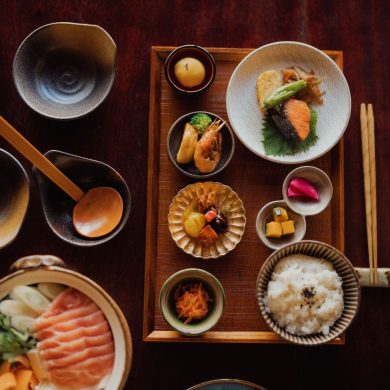
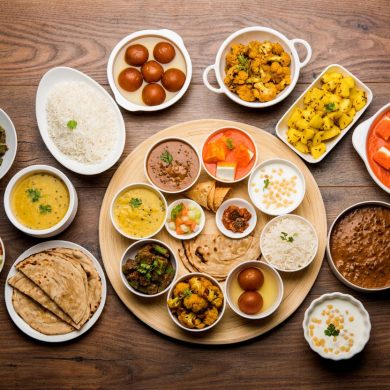
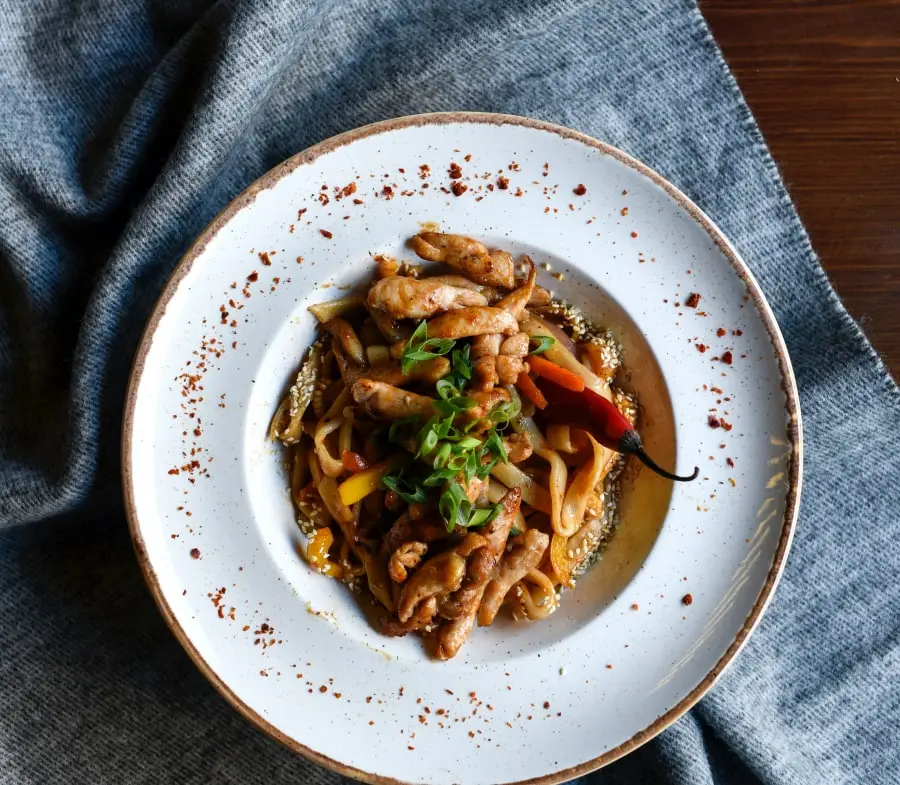
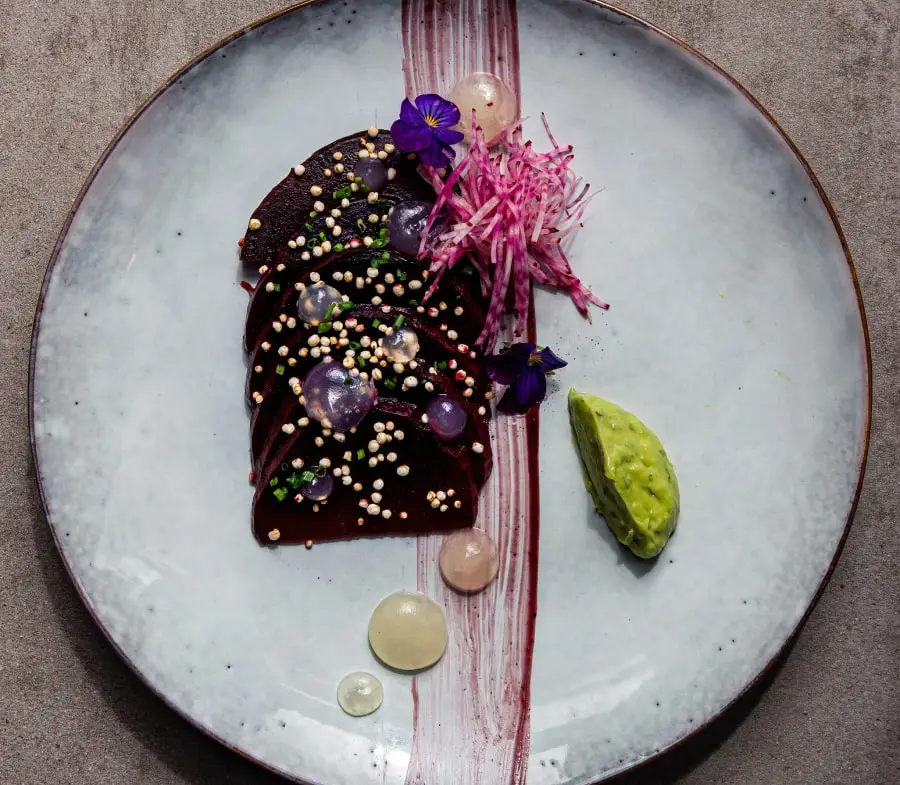
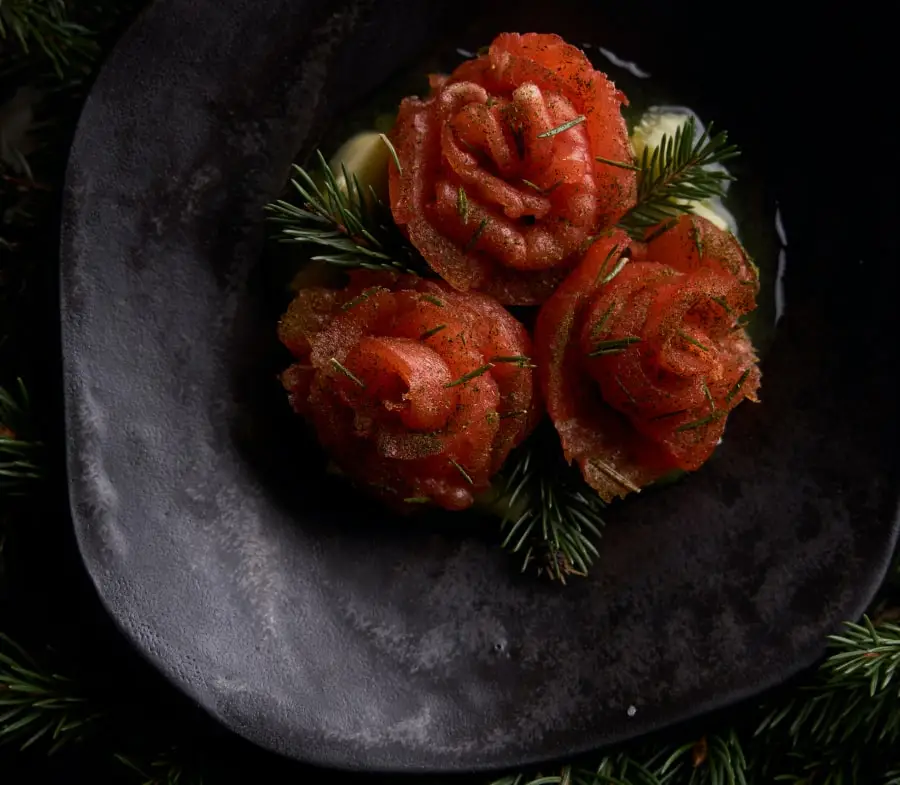
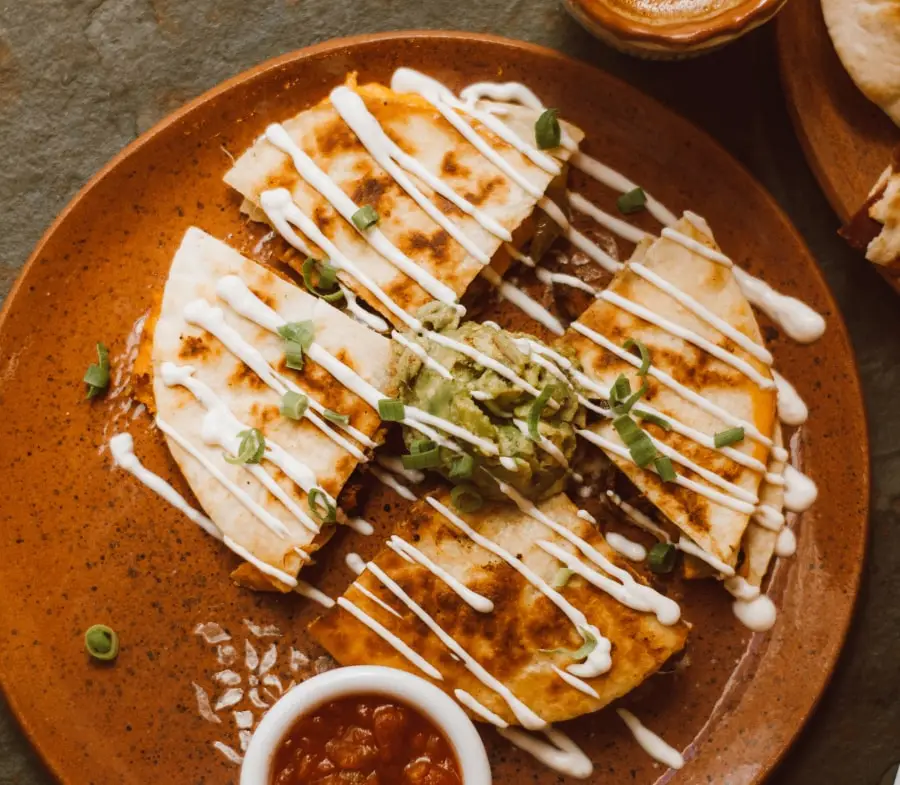
Add comment